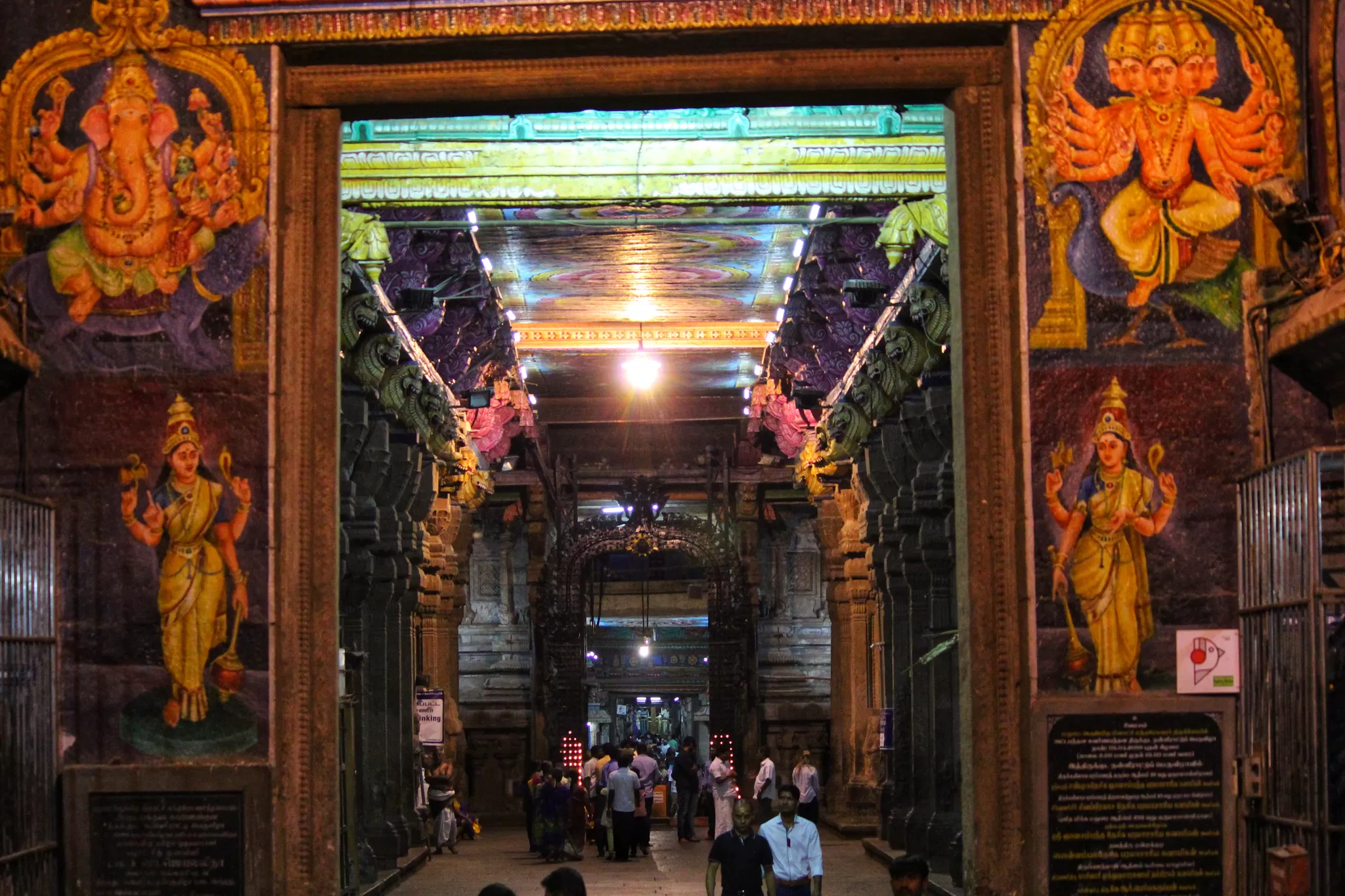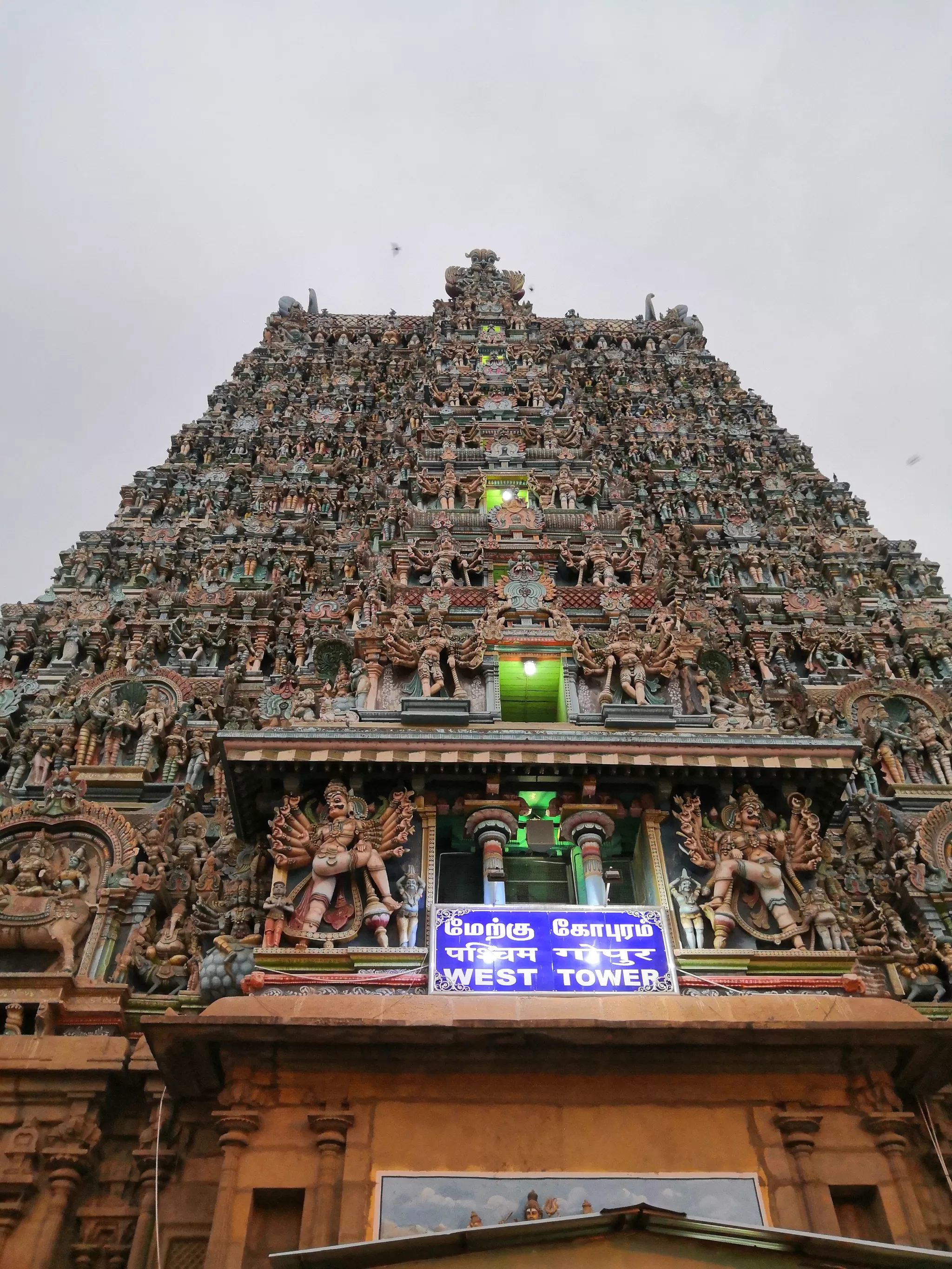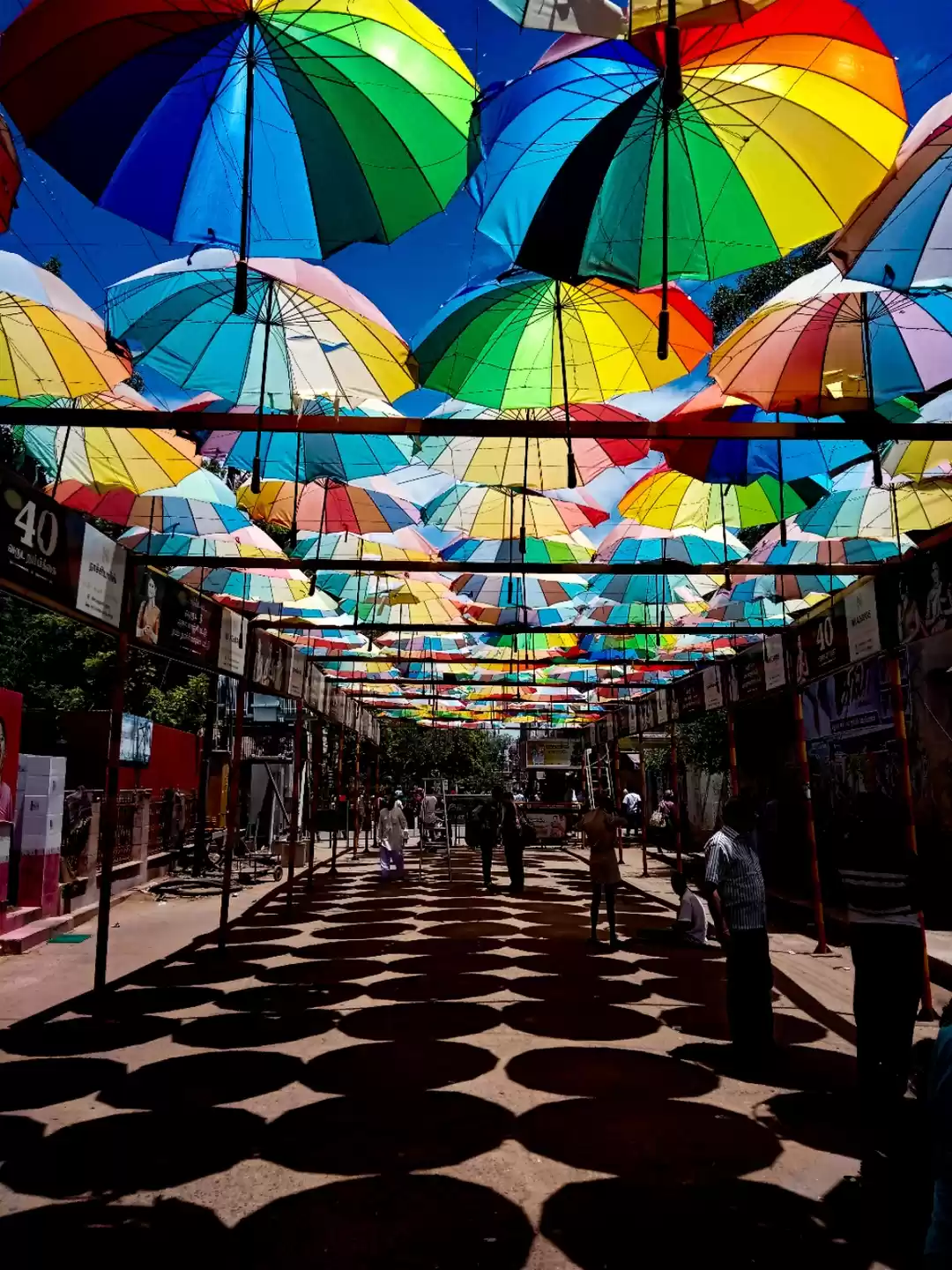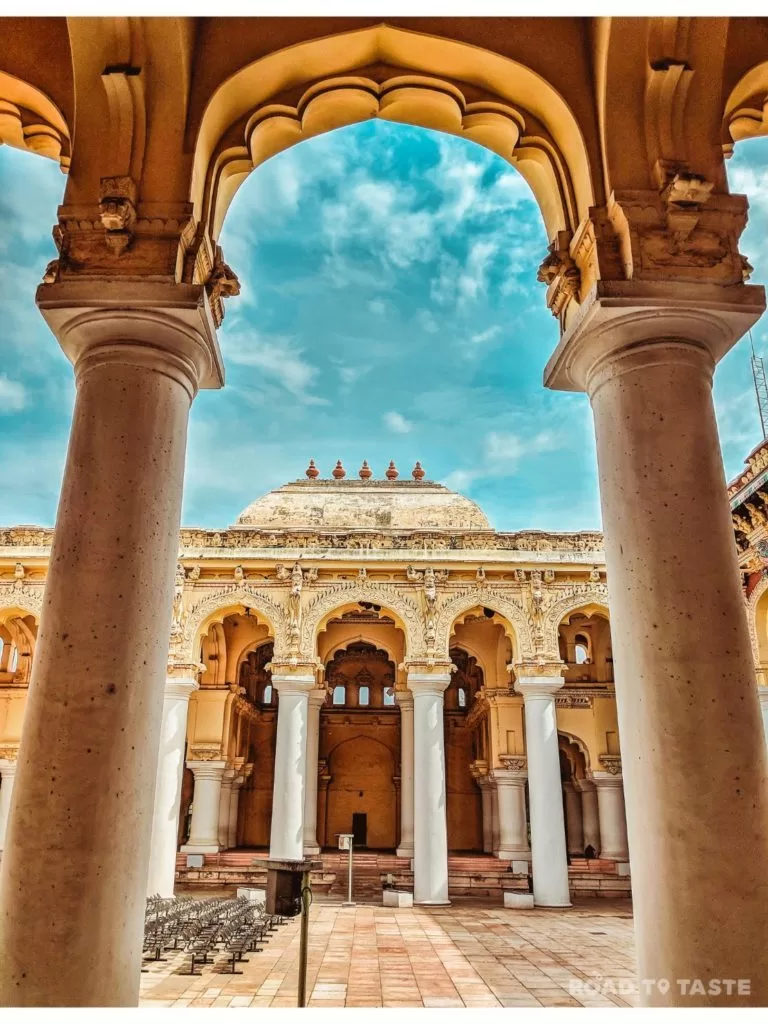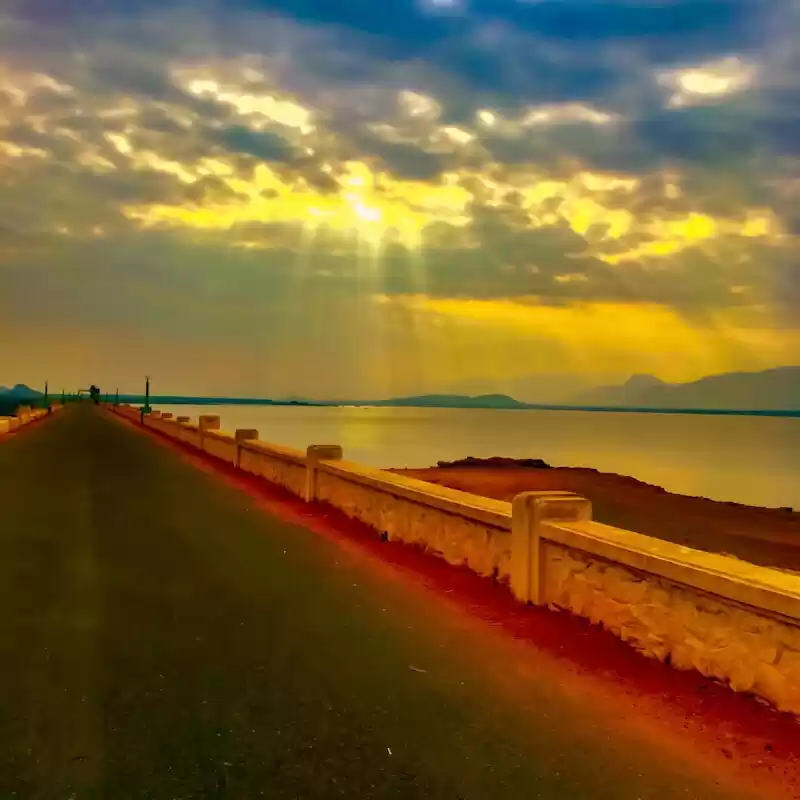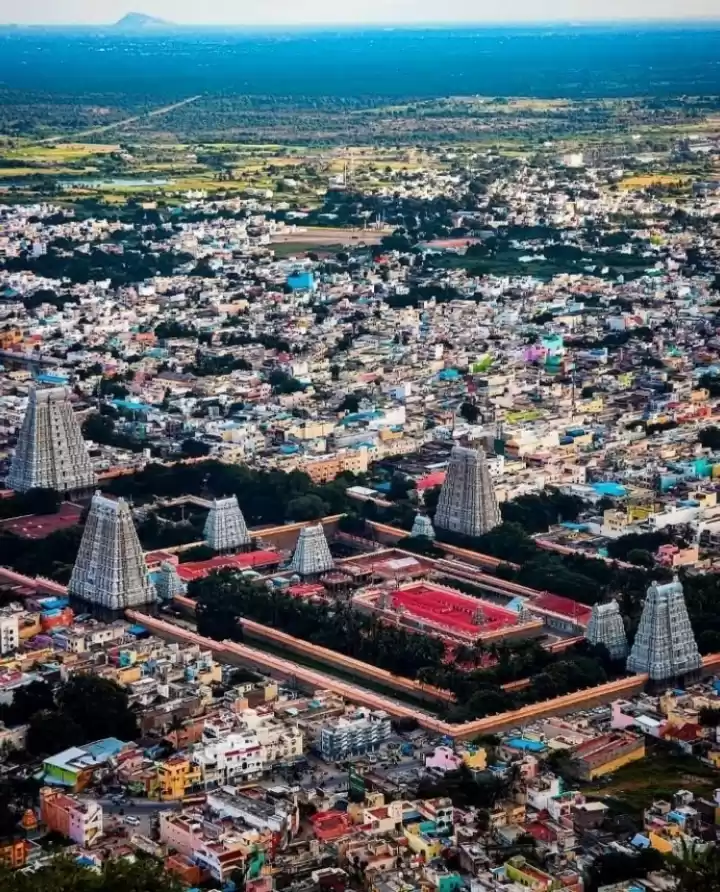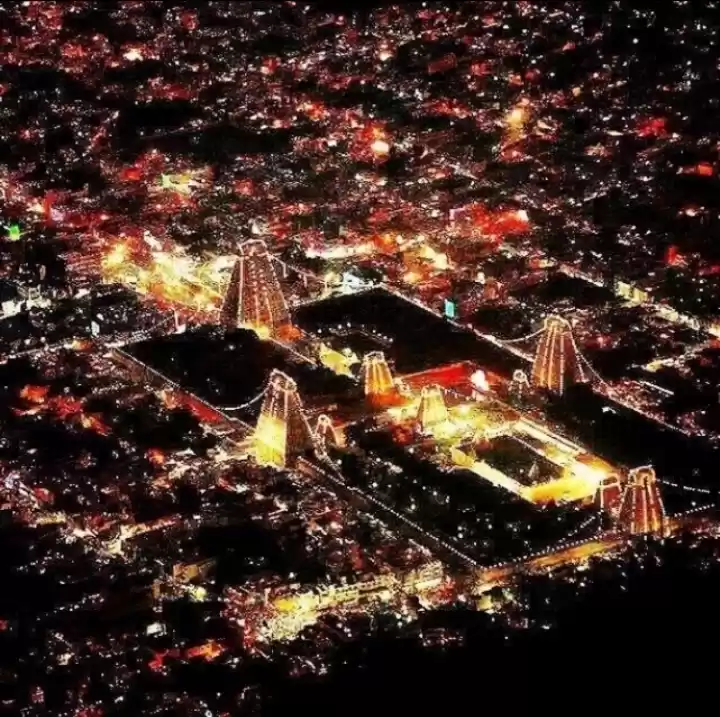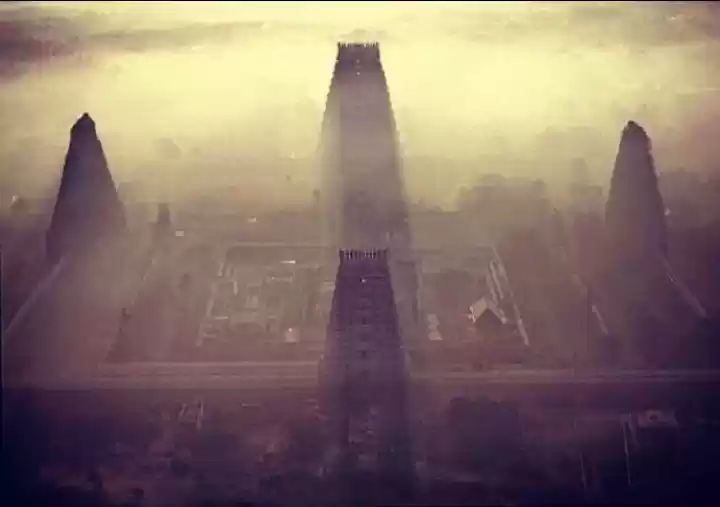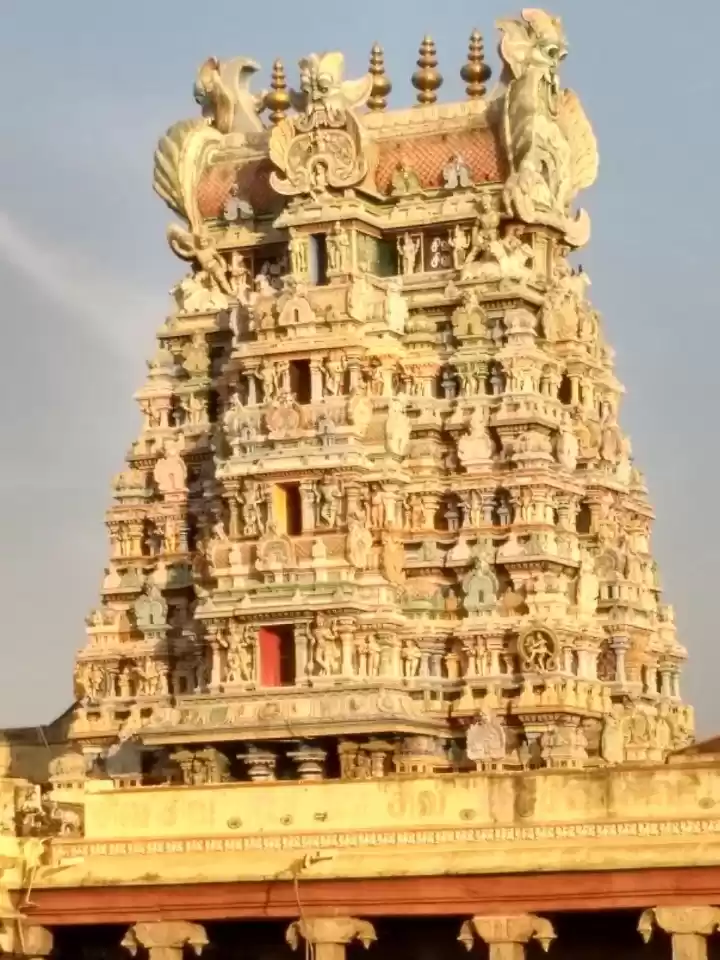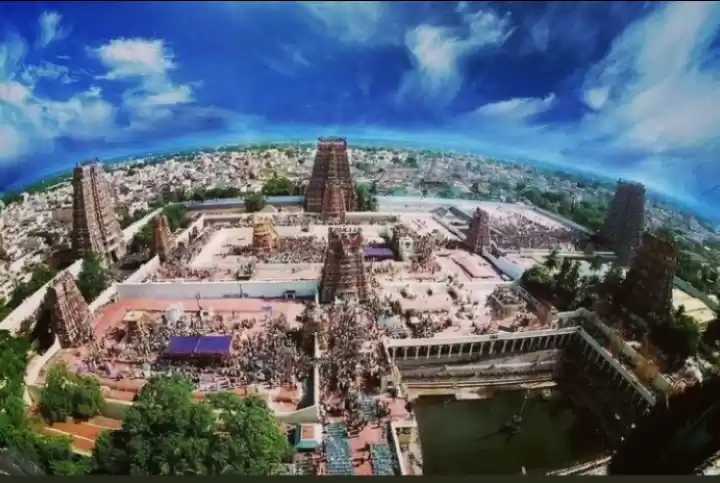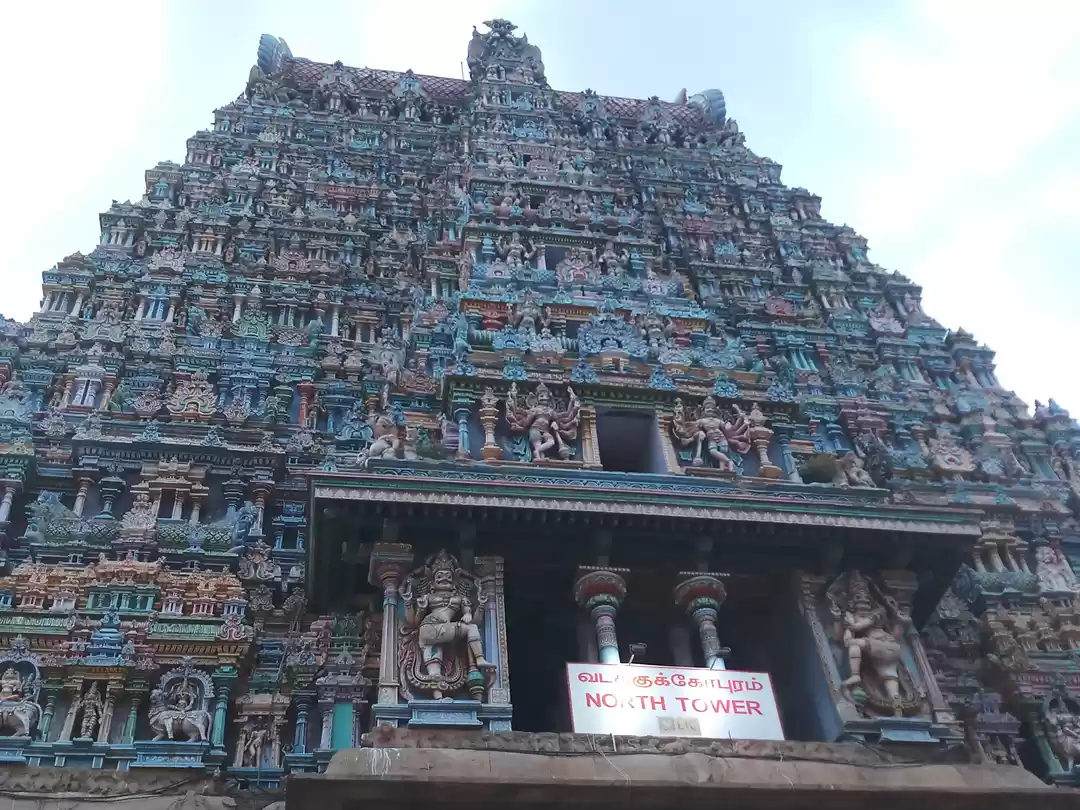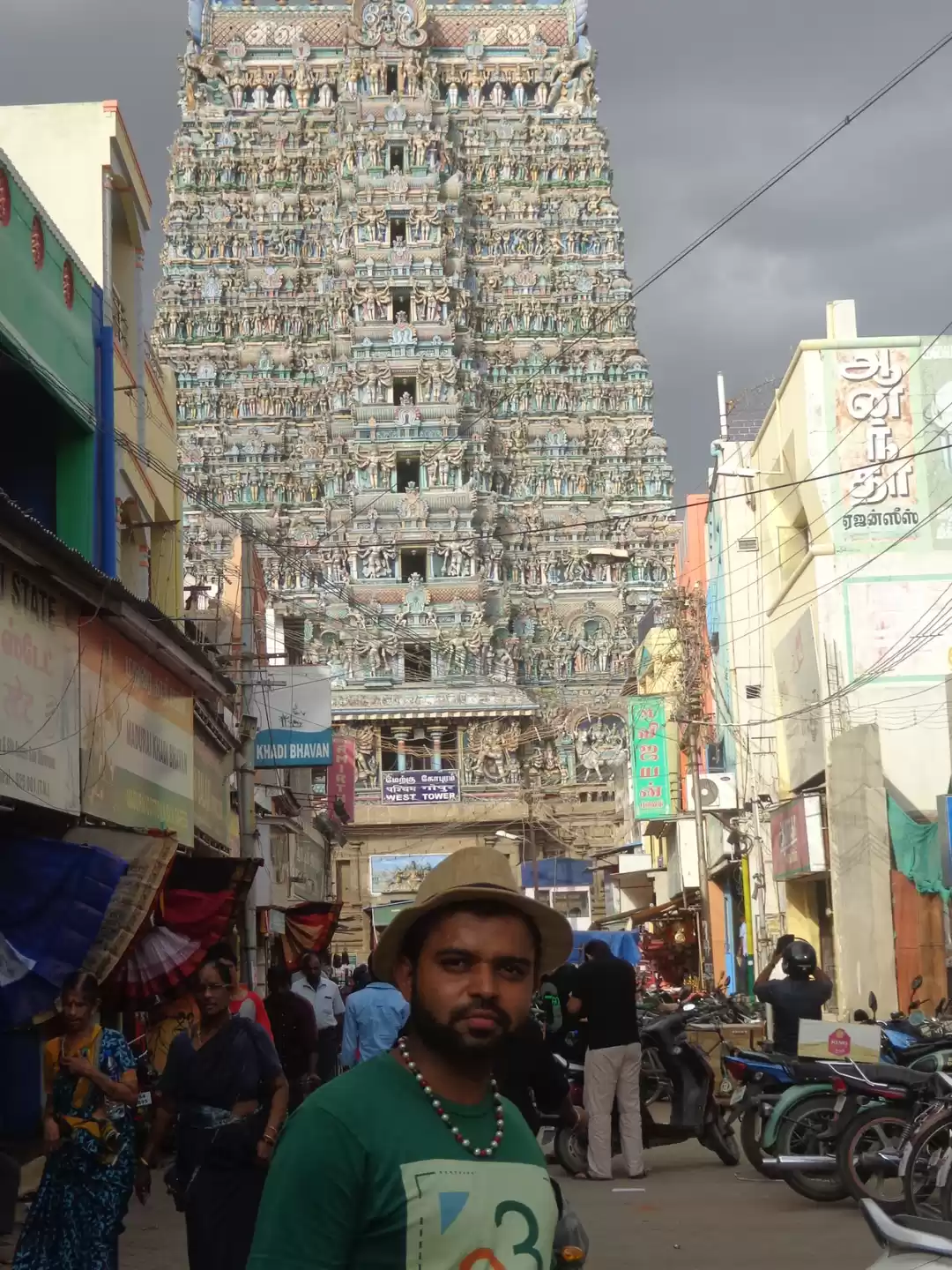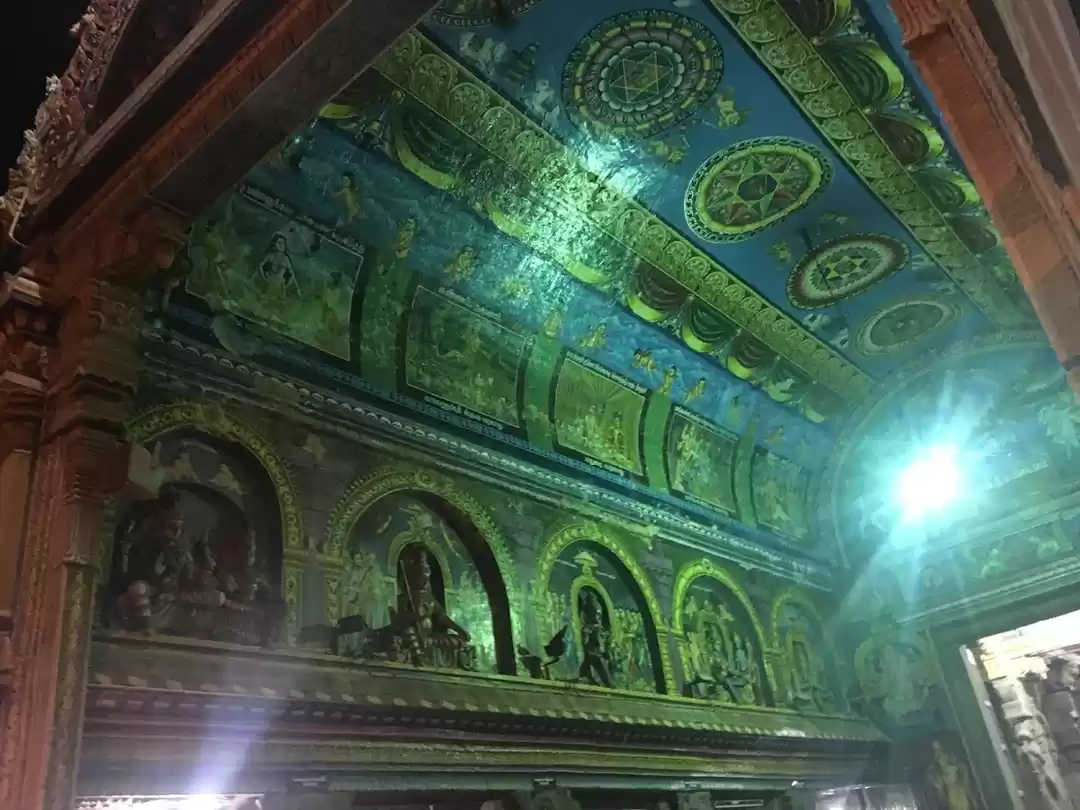Are you looking for a destination that combines spirituality, culture, and beauty? If yes, then you should definitely visit the Meenakshi Temple in Madurai, one of the oldest and most magnificent temples in India. This temple is not only a place of worship, but also a masterpiece of architecture, art, and history. In this article, we will tell you everything you need to know about the Meenakshi Temple, from its origin and significance, to its timings and rituals, to its festivals and celebrations, to its nearby places to visit. Whether you are a devotee, a history buff, or a nature lover, you will find something to admire and enjoy in this temple. So, read on and discover why the Meenakshi Temple is a must-visit attraction in Madurai.
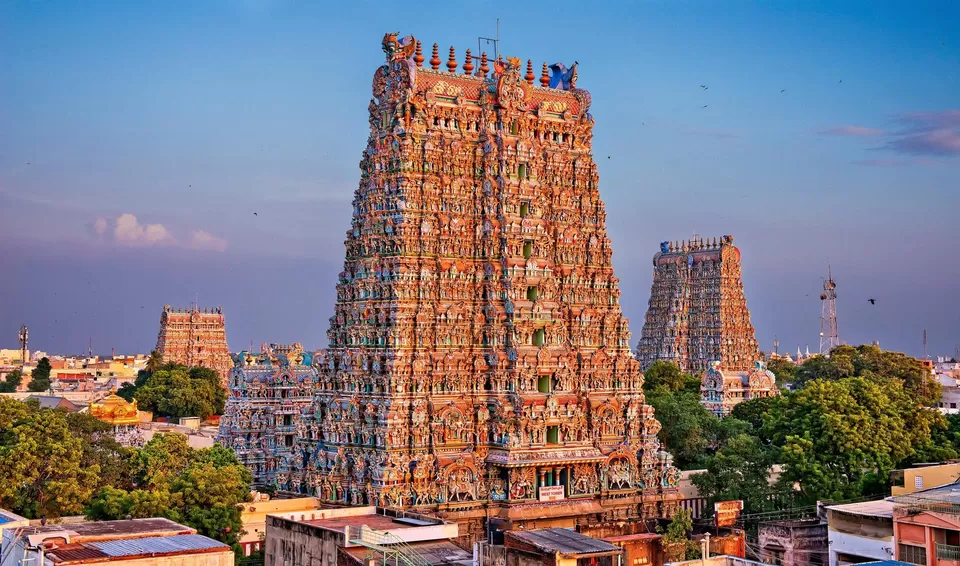
About the Temple
The Meenakshi Temple is dedicated to Goddess Meenakshi, an incarnation of Parvati, and her consort Lord Sundareswarar, an incarnation of Shiva. The name Meenakshi means “the one who has fish-shaped eyes”, and refers to the legend that the goddess was born with fish-shaped eyes. The temple is also known as Meenakshi Amman Temple, Meenakshi Sundareswarar Temple, or Tiru-Aalavai.
The temple complex covers an area of 14 acres and has four main entrances, each facing a different direction. The most striking feature of the temple is its 14 towering gopurams (gateway towers), which are adorned with thousands of colorful sculptures of gods, goddesses, animals, and mythical creatures. The tallest gopuram is the southern one, which stands at 170 feet and has over 1500 statues.
The temple has several halls, shrines, and ponds, each with its own significance and beauty. Some of the notable ones are:
The Hall of Thousand Pillars: This hall has 985 pillars, each carved with intricate designs and figures. The hall also has a museum that displays various artifacts and paintings related to the temple and its history.
The Golden Lotus Pond: This pond is where the goddess Meenakshi is said to have emerged from a fire as a child. The pond has a golden lotus in the center, which is considered sacred and auspicious. The pond is also used for various rituals and ceremonies.
The Shrine of Meenakshi: This shrine is where the main idol of the goddess Meenakshi is installed. The idol is made of emerald and is adorned with jewels and flowers. The shrine is also where the famous wedding ceremony of Meenakshi and Sundareswarar takes place every year.
The Shrine of Sundareswarar: This shrine is where the main idol of Lord Sundareswarar is installed. The idol is made of silver and is decorated with garlands and ornaments. The shrine also has a lingam, a symbol of Shiva, which is said to have been installed by Lord Indra, the king of gods.
History and Mythology
The Meenakshi Temple has a rich and fascinating history and mythology, dating back to the ancient times. According to the legend, the goddess Meenakshi was born as the daughter of King Malayadwaja Pandya and Queen Kanchanamala, who ruled over Madurai. The king and queen had no children, so they performed a fire sacrifice to seek the blessings of the gods. To their surprise, a three-year-old girl emerged from the fire, with fish-shaped eyes and four arms. She was named Meenakshi, and was destined to become the queen of Madurai.
Meenakshi grew up to be a brave and beautiful princess, who excelled in all fields of knowledge and warfare. She conquered the whole world with her army, and reached the Himalayas, where she met Lord Shiva, who was meditating there. As soon as she saw him, she fell in love with him, and her extra arms and eyes disappeared. Shiva also recognized her as his consort, and agreed to marry her. They returned to Madurai, where their wedding was celebrated with great pomp and splendor. The divine couple then ruled over Madurai as Meenakshi and Sundareswarar, and blessed the people with prosperity and happiness.
The history of the temple is also intertwined with the history of Madurai and South India. The temple is said to have been originally built by King Kulasekara Pandya in the 6th century CE, and later expanded and renovated by various dynasties and rulers, such as the Cholas, the Vijayanagaras, and the Nayakas. The temple witnessed many invasions, wars, and natural disasters, but survived and thrived through the ages. The temple also influenced the culture and literature of the region, as many poets, saints, and scholars visited and praised the temple in their works.
Timings and Rituals
The Meenakshi Temple is open for visitors from 5:00 AM to 12:30 PM, and from 4:00 PM to 10:00 PM. The best time to visit the temple is in the early morning or evening, when the temple is less crowded and more serene. The temple is also illuminated with lights at night, which creates a stunning sight.
The temple follows a strict dress code and entry fee for the visitors. Men are required to wear dhoti or pants, and women are required to wear saree or salwar kameez. Shorts, jeans, t-shirts, and skirts are not allowed. The entry fee for the temple is Rs. 50 per person, and Rs. 100 for a special darshan (viewing) of the deities.
The temple performs various rituals and ceremonies throughout the day, which are meant to honor and worship the deities. Some of the main rituals are:
Thiruvanandal pooja: This is the first pooja of the day, which takes place at 5:00 AM. The priests wake up the deities with chants and songs, and offer them milk, honey, and fruits.
Vizha pooja: This is the second pooja of the day, which takes place at 6:30 AM. The priests adorn the deities with fresh flowers, jewels, and clothes, and offer them rice, sweets, and coconut.
Kalasandhi pooja: This is the third pooja of the day, which takes place at 7:30 AM. The priests perform a fire sacrifice and offer the deities sandalwood paste, incense, and lamps.
Thrikalasandhi pooja: This is the fourth pooja of the day, which takes place at 10:30 AM. The priests offer the deities betel leaves, nuts, and fruits, and recite the Vedas and the Agamas.
Uchikkala pooja: This is the fifth pooja of the day, which takes place at 12:00 PM. The priests offer the deities cooked rice, vegetables, and curd, and perform aarti (waving of lamps).
Maalai pooja: This is the sixth pooja of the day, which takes place at 4:30 PM. The priests offer the deities garlands of jasmine, lotus, and rose, and sing hymns and songs.
Ardhajama pooja: This is the seventh pooja of the day, which takes place at 7:30 PM. The priests offer the deities milk, ghee, and sugar, and perform aarti and camphor.
Palliarai pooja: This is the last pooja of the day, which takes place at 9:30 PM. The priests offer the deities water, flowers, and turmeric, and put them to sleep with chants and songs.
Festivals and Celebrations
The Meenakshi Temple is famous for its festivals and celebrations, which attract thousands of devotees and tourists every year. Some of the major festivals are:
Chithirai Festival: This is the most important and grand festival of the temple, which takes place in the month of Chithirai (April-May). The festival commemorates the wedding of Meenakshi and Sundareswarar, and lasts for 12 days. The festival involves various processions, rituals, and cultural events, such as the flag hoisting, the coronation of Meenakshi, the arrival of Sundareswarar, the celestial wedding, the chariot festival, and the float festival. The festival culminates with the Kallazhagar Vaigai Aatril Ezhuntharulal, which is the crossing of the river Vaigai by Lord Kallazhagar, the brother of Meenakshi.
Navratri Festival: This is another important festival of the temple, which takes place in the month of Purattasi (September-October). The festival celebrates the nine forms of the goddess, such as Durga, Lakshmi, and Saraswati, and lasts for nine days. The festival involves various poojas, offerings, and cultural events, such as the kolu (display of dolls), the bommai kalyanam (marriage of dolls), the ayudha pooja (worship of weapons and tools), and the vijayadashami (victory of good over evil).
Teppam Festival: This is a unique festival of the temple, which takes place in the month of Thai (January-February). The festival celebrates the float festival of Meenakshi and Sundareswarar, and lasts for three days. The festival involves the idols of the deities being taken on a boat ride around the golden lotus pond, accompanied by music and fireworks. The festival is also known as the Theppotsavam or the Float Festival.
Avani Moolam Festival: This is another significant festival of the temple, which takes place in the month of Avani (August-September). The festival commemorates the day when Lord Shiva performed the cosmic dance of creation, preservation, and destruction, known as the Ananda Tandava, in the presence of Meenakshi and other gods and goddesses. The festival involves the idol of Sundareswarar being taken in a procession to the hall of thousand pillars, where the priests recite the Thiruvilayadal Puranam, a collection of 64 stories that depict the miracles and leelas of Shiva in Madurai.
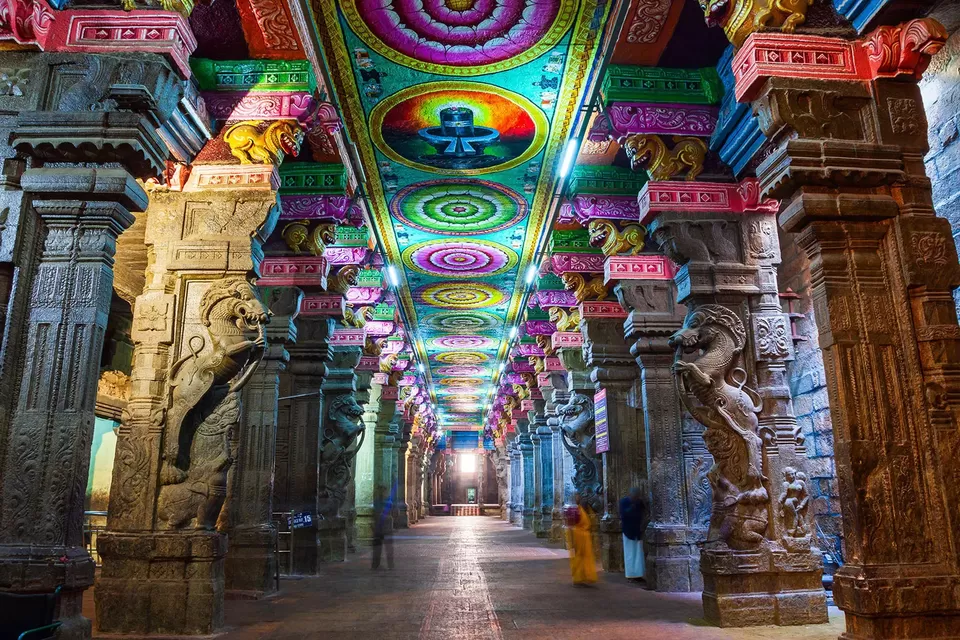
Nearby Places to Visit
If you are visiting the Meenakshi Temple, you can also explore some nearby places that are worth a visit. Some of them are:
Thirumalai Nayak Palace: This palace is a stunning example of the Indo-Saracenic style of architecture, built by King Thirumalai Nayak in the 17th century. The palace has a grand courtyard, a throne chamber, a dance hall, and a museum that displays various paintings, sculptures, and weapons. The palace also hosts a sound and light show every evening, which narrates the history and glory of the Nayak dynasty.
Gandhi Museum: This museum is dedicated to the life and legacy of Mahatma Gandhi, the father of the nation. The museum showcases various exhibits, such as photographs, letters, books, and personal belongings of Gandhi, including the blood-stained cloth that he wore when he was assassinated. The museum also has a library, a gallery, and a khadi store.
Alagar Koyil: This temple is dedicated to Lord Vishnu, who is worshipped here as Alagar or Kallazhagar. The temple is located at the foothills of the Alagar Hills, about 21 km from Madurai. The temple is known for its exquisite sculptures, paintings, and carvings, depicting various scenes from the Hindu epics. The temple also has a sacred spring, called the Nupura Gangai, which is believed to have healing powers.
Conclusion
The Meenakshi Temple is a marvel of Madurai that you must visit at least once in your lifetime. The temple is not only a place of worship, but also a place of wonder, where you can witness the beauty, the history, and the culture of Madurai. The temple will leave you spellbound with its majestic gopurams, its splendid halls, its divine shrines, and its vibrant festivals.
So, what are you waiting for? Plan your trip to Madurai and experience the Meenakshi Temple for yourself.














